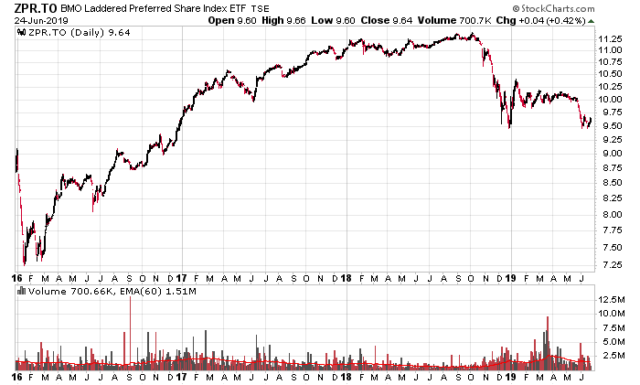Brookfield Infrastructure (TSX: BIP.UN) is offering C$17.00 to $18.25/share for Inter Pipeline (TSX: IPL).
Inter Pipeline is a relatively small pipeline operator, with well-placed lines criss-crossing Alberta and Saskatchewan with oil and gas and natural gas liquid refining capacity. They have spent a ton of money on a polypropylene plant which was a fairly game-changing move for the company strategically, representing a horizontal move into refining petrochemical products. The quantum of debt they took out to build this plant is such that their leverage is quite high given their existing financial situation. The rest of the pipeline business is solid. They had a storage operation in Sweden and Denmark which they also are in the process of disposing of.
I’ll reserve judgement other than stating that I have consistently noted that Brookfield tends to try to acquire things for about 15-20% less than what such entities normally would/should be bought out for. I’m not criticizing their actions (it works very well for them!) but if I was a shareholder in a target of Brookfield, I would be very cautious on valuation.
The next comparator in this space would be Keyera (TSX:KEY), which is in a similar space but its geography is concentrated in the Montney/Deep Basin area of Alberta (the area hugging east of the Rocky Mountains). Next up would be Pembina Pipeline (TSX: PPL) but they have been the positive recipient of the entrails of Kinder Morgan’s Canadian unit, and are considerably bigger in scope.
We have seen a ton of consolidation in the oil and gas space – just yesterday, ARC (TSX: ARX) and 7 Generations (TSX: VII) announced a nearly equal share swap merger. The list of individual names in the public space is shrinking by the week.
